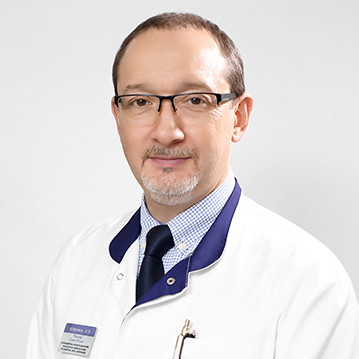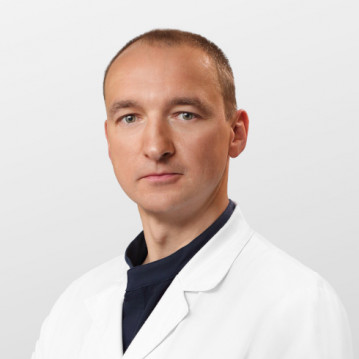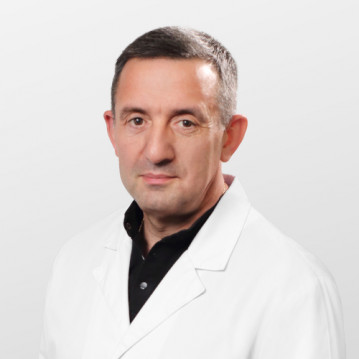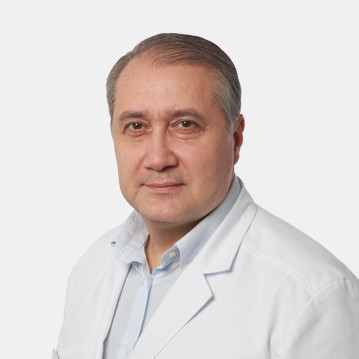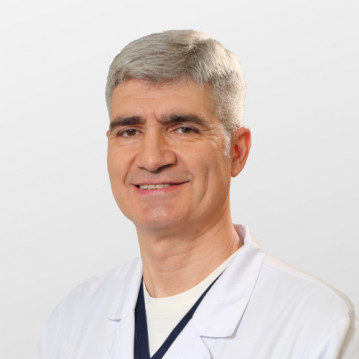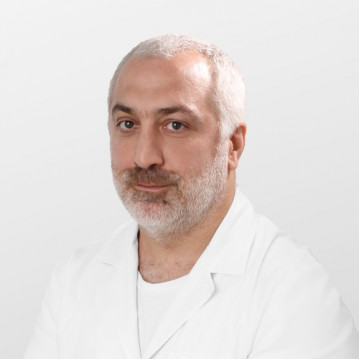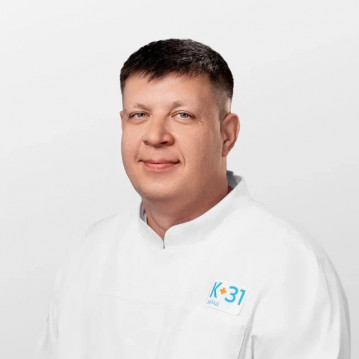Have frequent visits to the toilet, and urination is accompanied by discomfort? It is possible that you have prostate adenoma. You can undergo a comprehensive diagnosis and treatment of this pathology in a multidisciplinary clinic "K + 31" in Moscow.
Adenomas are benign tumors that originate from the glandular epithelium.
What is prostate adenoma?
The size of the exocrine gland is normal - about the size of a walnut. It produces a special secret, thanks to which the fluidity of semen increases and the volume of ejaculate increases.
Prostate adenoma is a benign tumor neoplasm that forms against the background of hyperplastic changes in the structures of the organ of the male reproductive system.
Statistics: Among men of the age group of 40 years, the incidence is over 25%, and in patients from 50 years of age and older prevalence of pathology reaches 50%.
Prostate adenoma is not a cancerous tumor, but there is a possibility of malignancy (i.e., malignant rebirth).
With this pathology, diffuse changes in the prostate gland occur. The growth of tissue structures leads to urethral compression and dysuria.
Against the background of stagnation of urine, the risk of developing diseases of the urinary system increases significantly.
Including:
- inflammation of the renal pelvis (pyelonephritis);
- cystitis;
- inflammation of the urethra (urethritis);
- urinary retention (acute or chronic);
- kidney dysfunction.
Note: It is important to understand the difference between BPH and prostatitis. Adenoma is an overgrowth glandular tissue, and prostatitis is an inflammation that can be caused by various factors (including infections genital tract).
Etiology of the disease
Prostatic hyperplasia in men develops as a result of age-related hormonal imbalance. Patients from the age of 40, the level of androgens (in particular, testosterone) decreases, which leads to prostate dysfunction. Thus, The main prerequisite for the appearance of adenoma is age.
The likelihood of developing a tumor increases if there have been testicular diseases in the past (for example, orchitis).
Predisposing factors include:
- metabolic disorders (overweight, obesity);
- hypertension;
- alcohol abuse;
- nicotine addiction;
- physical inactivity (low physical activity);
- frequent psycho-emotional overload (stress).
Hereditary predisposition also has a certain value.
This is interesting: There is no prostate as such in the female body. But an analogue of the prostate gland in women can be considered peri- or paraurethral tissues and excretory ducts enclosed in a capsule (the so-called Skene's glands). Their presence explains the phenomenon of female ejaculation.
Classification
According to the location and direction of growth, three types of adenomas are distinguished - intravesical, subvesical and retrigonal.
Intravesical is characterized by an increase in the direction of the bladder. The subvesical form expands to the side rectum. The retrigonal neoplasm is localized under a triangle, the boundaries of which are the outer opening of the urethral duct and excretory openings of the ureters.
A multifocal adenoma with the development of several nodes at the same time and growth into different sides.
3 stages of development of a benign tumor:
- compensated;
- subcompensated;
- decompensated.
At the first stage, the narrowing of the urethra is compensated by hypertrophy of smooth muscle elements bladder walls, so there are no significant violations of urination, and only its dynamics changes.
In the subcompensation phase, dystrophy of the bladder muscles appears. As a result, urodynamics are seriously disturbed and significantly the volume of residual urine increases. At this stage, there are already signs of kidney dysfunction.
With decompensation, the progression of renal failure is inevitable. The bubble is maximally stretched and always filled, but its normal emptying is impossible.
Prostate adenoma in men: symptoms, diagnosis and treatment
Early symptoms of prostate adenoma include minor urination problems.
Clinical manifestations
Daytime urges in the first stage are noticeably more frequent, and at night you have to wake up at least 1-2 times to visit restroom.
In the morning, the patient needs to tighten the abdominal muscles to start emptying the bladder, and the pressure of urine becomes weak. Time from time, imperative urges are noted, accompanied by the discharge of a small amount of urine.
At the stage of subcompensation, daytime and nighttime urges become more frequent, the amount of urine excreted decreases, and the amount residual urine is more than 50 ml. The pressure becomes unstable (it increases, then weakens) and during process, the patient has to strain the abdominal press all the time.
There is leakage (drip) between trips to the toilet. Against the backdrop of stagnation, developing infectious and inflammatory complications - cystitis and (or) urethritis.
Pathological urinary retention becomes the leading symptom of adenoma in the stage of decompensation. Man constantly feels the need to go to the toilet, but even with the maximum tension of the abdominal muscles, the process is extremely difficult.
Urine is almost constantly excreted drop by drop. Its stagnation leads to expansion and inflammation of the renal pelvis, as well as compression of the renal parenchyma.
Against this background, symptoms of renal failure appear - dysuria, peripheral and central edema, thirst, dry skin, loss of appetite, nausea, hypertension, palpitations and flatulence.
Diagnosis
If there are signs of prostate pathology, you need to contact a specialist urologist. To make a diagnosis, a physician The first step is to collect an anamnesis.
For the purpose of a preliminary assessment of the size of the gland, its digital rectal examination is performed. Refine volume pathological tissue growth and determine the degree of compression of the urethra allows ultrasound scanning. It most often performed transrectally, i.e. with the introduction of a sensor into the anus. Transabdominal ultrasound carried out to assess the condition of the structures of the kidneys.
To verify the diagnosis and objectively assess the condition of the kidneys and bladder, urethrocystoscopy and study of urodynamics (uroflowmetry).
The patient must be sent for a laboratory blood test. The level of prostate-specific antigen (PSA), which makes it possible to distinguish an adenoma from a malignant neoplasm.
Please note: PSA is the most important cancer marker. Its concentration in the blood increases significantly if develops prostate cancer.
With ambiguous research data, a biopsy of the prostate is indicated, followed by cytological and histological biomaterial research. This technique allows you to exclude a cancerous tumor.
Methods of treatment
With timely therapy, it is possible to stop the progression of the pathological process. In advanced cases it is impossible to do without surgical intervention, and in addition, treatment of renal failure will be required.
The choice of patient management tactics depends on the etiology, stage of the disease and clinical symptoms. conservative treatment includes the use of 5-alpha reductase inhibitors (Dutasterone, Avodart), herbal remedies (in the form of rectal suppositories) and α-blockers (Silodosin, Doxazosin, etc.).
If infectious complications are detected, course antibiotic therapy is performed. Additionally, antispasmodic drugs.
Surgical treatment of prostate adenoma involves removal of the tumor, as well as partial or complete resection of the gland. The indications for surgical intervention are stages 2 and 3 of the tumor process and the likelihood of transition to cancer.
Types of operations:
- laser vaporization or enucleation;
- transurethral resection;
- adenomectomy.
Vaporization is the "evaporation" of modified structures. A minimally invasive technique is indicated for young patients, because after the intervention, the ability to conceive does not suffer.
Enucleation with a laser beam can be used with a solid size of the neoplasm. The method involves husking tumor structures from the gland.
When performing a transurethral resection, the endoscope is inserted into the urethra. During the intervention, the adenoma is removed along with fragment of the gland. Adenomectomy involves the removal of only the tumor itself.
